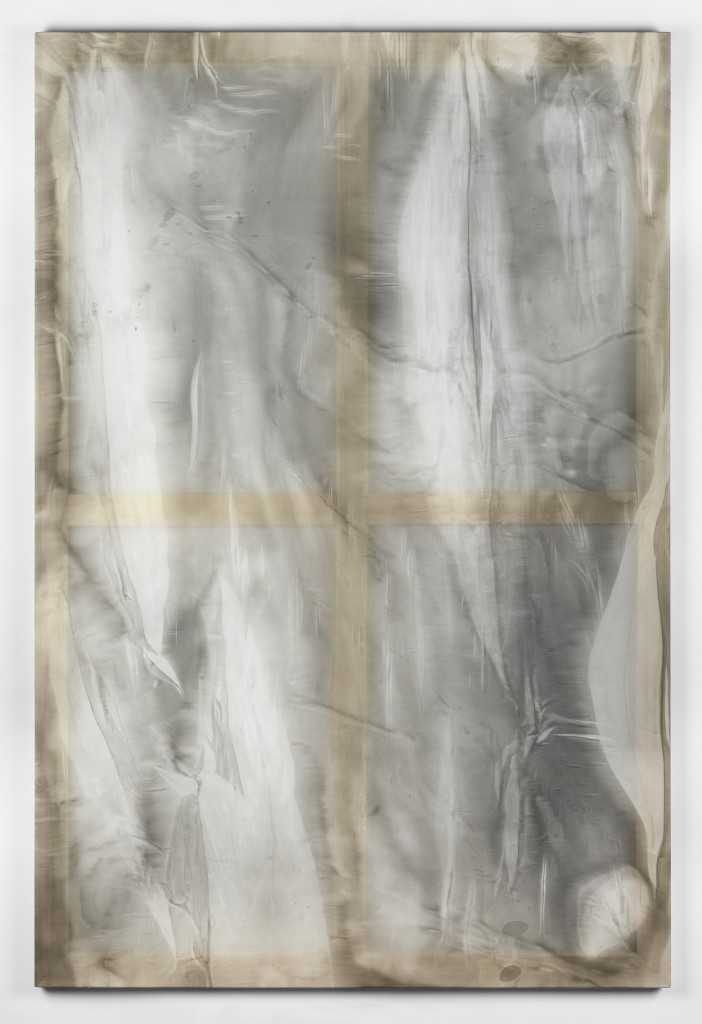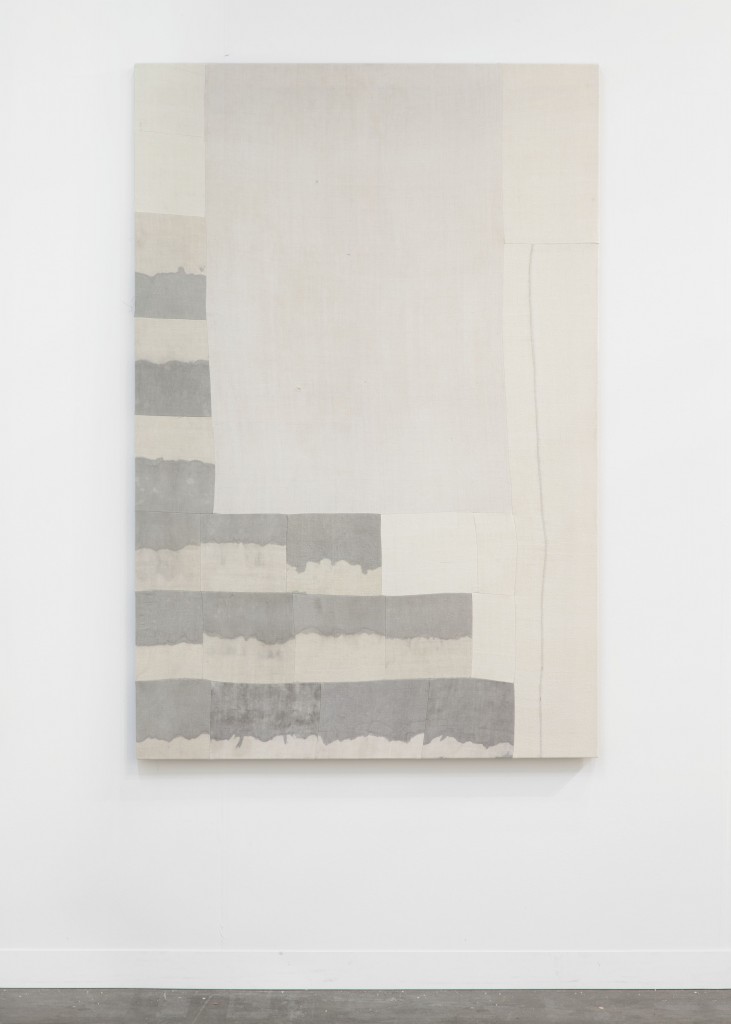Q&A With Artist Ayan Farah
Q: Can you tell me about your background?
A: I grew up in many different places and call nowhere home but Stockholm, Sweden and Copenhagen, Denmark is where my family is.
Q: What was the first artwork you made?
A: Super 8 films from around the age of 7-8 and some Polaroids. I played a lot with film and analog photography, except some photos I didn’t really make 2 D work till much later.
Q: What is more important to you: The Process. The final visual outcome. The material? Or something else?
A: There is no ranking as such, one inspires and leads to the other. I would say the visual outcome is less important as a lot of my work happens organically and there is a lot of chance involved. Lately I’ve made more work that is far more composed. These also start as off cuts and get reconfigured into new works. Some of the materials I use are 100+ years old linen and hemp. These do whatever they want depending on the weave, ageing, stains, fibre damage etc.
Q: The process and idea surrounding the different bodies of work, can you tell us more about them? – Fex. The sun-bleached canvases. The fabrics that are dug down in ashes, and/or treated with Clay/Mud. The silk works that are treated with a mix of alcohol, vinegar and salt.
I am very interested in knowing more about how and why these came to life?
A: I traveled to Iceland and the blanket that lined my sleeping bag was dug down in the foot of a volcano. It was the volcano’s birthday.
All these works are made parallel, as one was dug down in Iceland, another work was being sun bleached in my window in London. The silk works came after the sun bleached ones, they are negatives.
I used to work in a photography lab in my late teens and I was also an assistant, that tought me some techniques i use but my interest is in camera less photography so I’ve developed a lot of organic processes that all fill their function. The clays and mud’s are predominantly sourced from places I travel to, the mud is from the dead sea in Israel. I’ve always believed in a self-sufficient lifestyle and studio practice, it’s important to me that the materials are sourced by me and they all have a history and get recycled back into the work cycle.
Q: What influences you?
A: The places the materials come from and the stories that surround them. I read science books and magazines, watch documentaries, travel to places. I look at architecture and spatial design, traditional craft and old techniques for making things and I try them out. Failures are really inspiring I think, they make better works.
Q: Some people have the opinion that all contemporary art looks the same these days… Care to comment?
A: They need to look harder and closer on so many different levels. There have always been movements and trends but contemporary art is so diverse. In my circle of friends there are figurative oil painters, performance, video, sound artists and Internet artists that work with found material, and all have expansive practices that weave in so many techniques and so much skill. We all have mutual appreciation and respect for each others work and share thoughts and ideas but I can’t say one is the same as the other.
Q: Can you let us in on some of the future projects, works?
A: I just opened my first solo show with Almine Rech Gallery in Brussels. It’s titled “Notes on running water” It includes some new paintings based around collected rain water from artificial cloud seeding and wells in conflict regions in Africa. I’m also doing other various things with them for FIAC, Miami and London. I’m preparing work for “Pangaea that’s opening at Saatchi gallery early 2015. Finally I’m making plans for my second research trip to the seed bank in Svalbard.





Pingback: All about art – 2014 | Copenhagen Contemporary Art